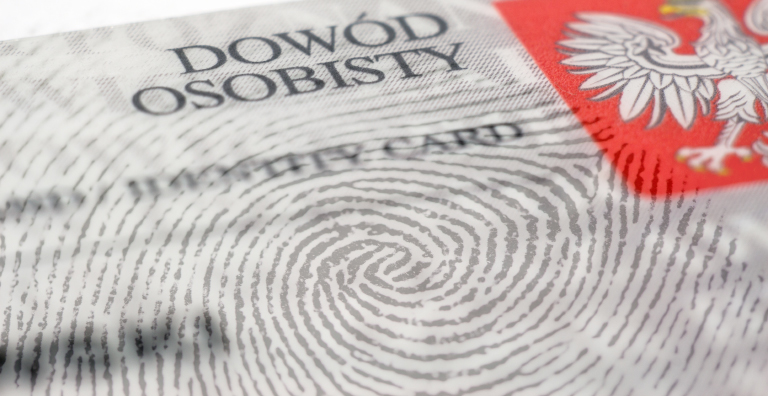Helping Poland Ensure Security and Scalability With Biometric National IDs
Biometrics offer an efficient, accurate and fraud-resistant way to verify people’s identities. They are a natural fit for identification at international borders, enabling governments to monitor who passes through their borders while accelerating processing times, reducing labor and increasing traveler satisfaction.
No surprise, then, that the European Parliament, the law-making entity of the European Union (EU), requested to incorporate biometric data in the recently passed Regulation (EU) 2019/1157.
Regulation (EU) 2019/1157 seeks to strengthen security on national ID cards and make it easier for people to travel between EU member states. In particular, it requires EU member states to include a facial image and two fingerprints for cardholders aged 12 years and older. Countries must also ensure user privacy by establishing a data protection framework with specific safeguards.
Despite the ongoing pandemic, the European Parliament set ambitious project deadlines for the adoption of the new technologies.
Using Biometric Fingerprint Readers to Meet EU’s Strict National ID Requirements
Several countries struggled to address the data safeguards set forth by Regulation (EU) 2019/1157. Poland’s Chancellery of the Prime Minister, for instance, discovered that many vendors who had responded to its RFP either could not deliver biometric fingerprint readers with sufficient security for protecting biometric data, or they could not meet the compliance deadline.
The Polish government grew concerned about its ability to meet the EU’s impending August 2021 deadline.
Delivering High-Performance Fingerprint Readers on a Tight Timeline
Fortunately, HID’s DigitalPersona® 5300 fingerprint reader turned out to be perfect for the task and available for quick delivery. Designed to satisfy the high-volume requirements of large-scale civil ID enrollment and authentication, the DigitalPersona 5300 offers superior image quality while complying with the biometric data security requirements.
The fingerprint readers were deployed to over 2,000 Polish cities — and integrated into the national ID infrastructure — within 40 days.
Polish citizens can now use these readers to confirm their trusted identities and capture fingerprints within a few seconds. By the end of 2022, according to Polish government estimates, more than two million citizens will have received their new biometric ID cards — and will be able to travel freely within the EU member states without their passports, while knowing their identities are protected.
Biometrics are reinventing the national security landscape. Learn more about how HID empowers Poland to build a secure, scalable biometric ID system in the case study >>
